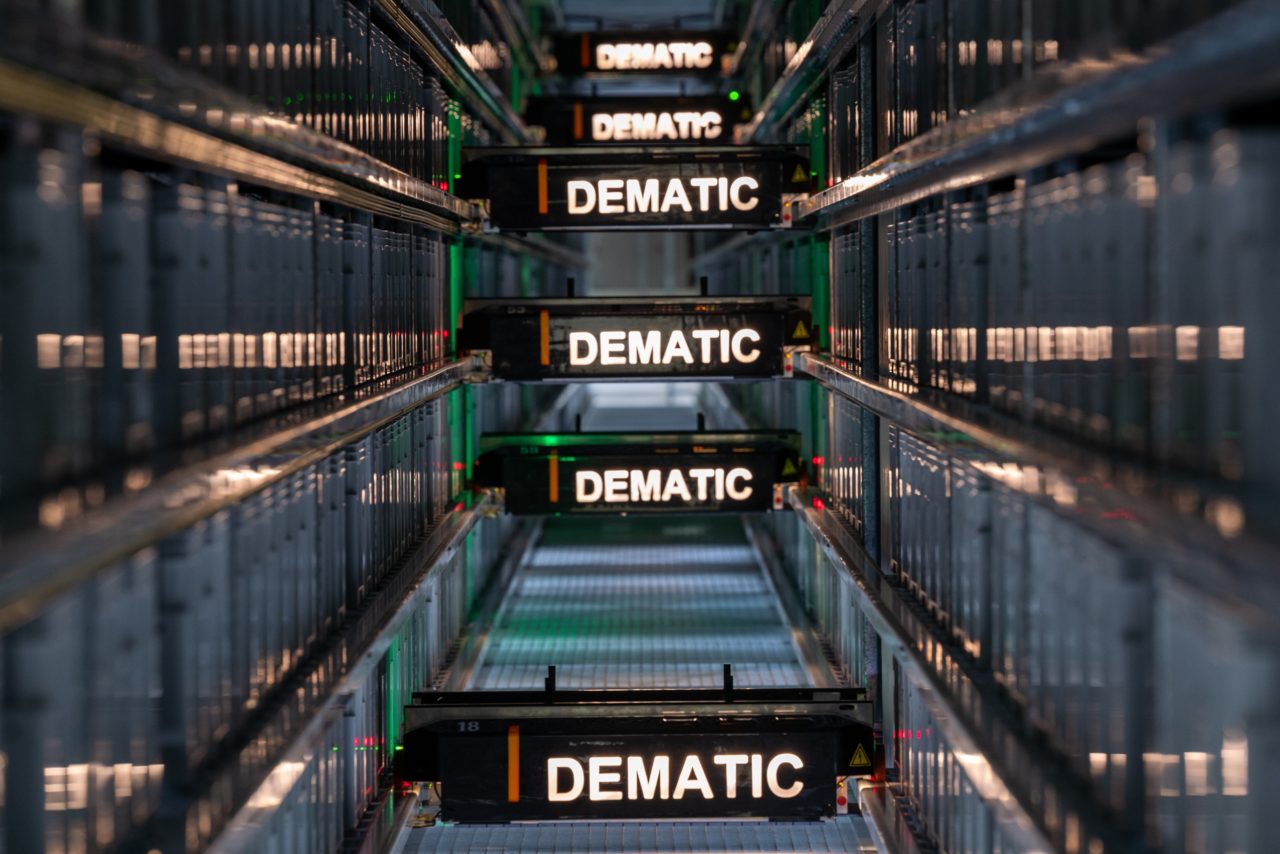
While many industries have been severely hit by COVID-19, retail supply chains in particular have faced significant changes over the past year as more consumers have migrated towards e-Commerce for their purchases. This has caused many retailers to review and adjust their supply chains to improve their resilience and flexibility to address the changes and challenges they have faced recently, and to position themselves to be more competitive in the future.
The rise of e-Commerce and consumer expectations
Today, the service level expectations of consumers in the online retail space are exceptionally high. Online shoppers expect almost unlimited choice, they want products available at the best price, and they want it delivered as quickly as possible… and for free. Many retailers have gone beyond next-day delivery, and are now offering same-day deliveries to give them a competitive edge.
Consumers have an endless amount of information at their fingertips that allows them to easily and quickly compare product specifications, price, availability, delivery timing and returns policies. They also have access to products from all over the world. This is driving a new era of hyper-competition
Increasing consumer expectations, combined with an uprising of online demand and hyper-competition, are putting enormous pressure on supply chains all around the world.
The retailers who are investing in making their supply chains adaptable to these changes are proving to be the ones that succeed in turning these challenges into opportunities, taking advantage of the growth potential they are presented with, and finding ways to do so profitably. However this is not an easy feat.
Sharper consumer expectation makes for increased supply chain stress
Much of the pressure on supply chains is experienced in distribution centres (DCs). Many retail supply chains have traditionally used large central DCs to fulfil bulk orders for replenishing stores in case or pallet quantities. These DCs are now not only required to replenish stores, but also required to fulfil a rapidly growing number of online orders, fast, accurately and at the low cost.
Automating for Productivity, Speed and Accuracy
Online orders typically consist of a small number of products, picked and packed in piece quantities for delivery direct to a consumer. Compared to replenishing stores, the additional effort and cost required at the DC to distribute a given amount of product in this way can be up to 10 times higher.
To address the labour effort in fulfiling these orders, and to reduce the footprint required, goods-to-person solutions are delivering outstanding results. In these solutions robotic shuttles are used to store and retrieve products in an extremely compact footprint. Products are automatically delivered to operators working at high rate picking stations in the sequence they are needed for orders, eliminating their need to travel, dramatically improving productivity and slashing fulfilment times.
With the need to optimise fulfilment speed and cost-effectively manage last mile delivery, retailers (and some pioneering food manufacturers) are establishing micro-fulfilment centres in their networks. These are implemented in compact spaces (often in stores) located close to customers. To provide the best use of space in terms of storage and throughput capacity, and to drive low cost fulfilment with minimum labour, good-to-person automation is often applied to support the picking process. The same kind of automation can also be used for the buffering and consolidation of completed orders in preparation for their despatch windows.
It is unfortunate that the execution of returns policies frequently results in disposal and waste due to the high cost of reverse logistics, inspection and re-stocking. Automated solutions can greatly reduce the time and effort associated with returns, providing retailers with the ability to re-stock and re-sell products, rather than discarding and writing off. Ultimately this can translate into better pricing levels for their customers.
Automation builds resilience in the retail supply chain
Automation has traditionally been viewed as a way to increase productivity, but at the expense of flexibility. However today’s automated solutions feature both flexibility and modularity that allows them to scale and adapt to change and offer the high levels of redundancy necessary to support round the clock operations.
Increasing labour costs have always been a key driver for automation. However besides the cost savings, the recent pandemic has demonstrated many additional benefits in minimising the size of a workforce. These range from availability of sufficient resources, to complying with social distancing restrictions, to reducing the risk of contaminating products and, most importantly, to minimising business disruption. All of these things have contributed to accelerated application of automation in supply chains.
Building resilience in the era of e-Commerce and omnichannel
Most retail models are geared towards meeting the demands of their customers — but these are rapidly changing in today’s e-Commerce and omnichannel landscape. Retailers with resilient operations, that are flexible and adaptable to change will cope best. Automation and technology is certainly helping to provide retail supply chains with this resilience, and is increasingly being recognised as a path to their profitable and sustainable growth, and indeed survival.

